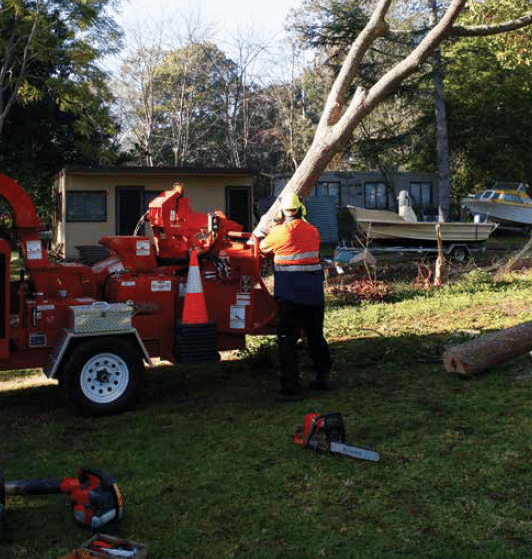Digital technologies are increasingly being utilised to provide health and safety benefits across a diverse range of industries.
In the arboriculture sector these technologies are being put to use across applications ranging from information sharing to more advanced functions.
For instance, Arboriculture Australia recently unveiled an initiative to provide free access to its Minimum Industry Standards project for the core units of competency for all arboricultural and vegetation management students in Australia, supporting the training and development of the next generation of arborists.

This type of information sharing can help to effectively promote industry best practices, and at a broader level, as digital technologies continue to evolve, it can be expected that digital health and safety applications will become more encompassing in the coming years.
Digital technologies being deployed by arborists Digital technologies are currently being utilised within the arboriculture sector to streamline workflows in a variety of ways, and health and safety benefits are an inbuilt feature of many of these technologies.
Amid this digital evolution, smartphones have, of course, become a key tool for industry, not only allowing for free-flowing communication, and providing quick and easy access to information, but also acting as a hub for a range of other functions.
With this in mind, some of the digital technologies and applications being harnessed by arborists, and their health and safety benefits, include:
“Savvy businesses that seek to strategically incorporate different technologies across their workflows will be able to potentially reap both productivity and health and safety benefits.”

- Information sharing – mobile technologies, such as smartphones, facilitate the efficient sharing of information – for instance, weather apps can provide guidance about weather conditions, helping to determine any safety precautions that may need to be taken
- Communications – businesses can use smartphones to access any number of digital platforms to maintain audio and video communications, and can quickly convey important information (such as updated advice in the event of an emergency) if required
- GPS – can not only be used for navigation, but to also keep track of vehicles and employees, allowing for remote monitoring, potentially providing an additional level of safety for crews moving from one project to the next and working in remote areas
- Drones – can assist with data capture, from aerial imaging to mapping, with Australian Tree Consultants Managing Director Hugh Taylor having told AA drones have the capacity to reduce the hazards associated with using climbers at high-risk sites
Of course, these types of technologies have the potential to fundamentally change the way in which we approach certain tasks, and in assessing how they can best be deployed, it is important that businesses also focus on the often significant health and safety benefits provided.

Health and safety: the 5G rollout
Mobility is, of course, a key consideration for arborists out in the field, and the current rollout of the 5G network is poised to usher in a new age of mobile connectivity, supporting increasingly powerful and interconnected digital applications.
The 5G network will provide a powerful platform for the continued development and deployment of digital tools in the field, with the Internet of Things, from connected vehicle to equipment monitoring applications, an area to keep an eye on.
As this digital tool kit continues to grow, savvy businesses that seek to strategically incorporate different technologies across their workflows will be able to potentially reap both productivity and health and safety benefits.


